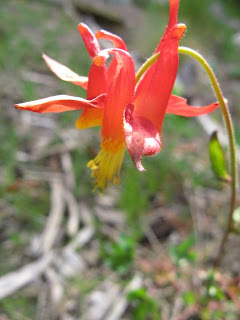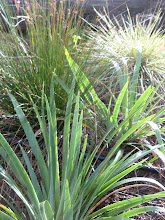

It’s also interesting to see what people (individuals, couples, maybe even groups) carve when no one else is watching. And what do they carve?


Their identities. Some cool designs. The tree has been changed. Cuts are generally unhealthy for a tree. Weakens growth, exposes inner tissues to pathogens…and yet, in my opinion, the bark has become very beautiful. The most beautiful marks are the ones filled in with scar tissue, where the marks have had time to influence the tree’s growth—to become part of the tree. I didn’t feel the need to contribute (perhaps I’m more of a critic than a participant and besides, I like my trees healthy), but I bet the first cut was all it took to get the ball rolling. I wonder when it hit that threshold: when it became a community art project.

Same with this abandoned pumphouse in Manayunk. Brick, lumber, spray paint, human hands, and decay has created a rich texture.
Layers upon layers. Sublime.
(Don't worry, I was not alone. This was on a field trip with a class.)
We humans like to make a mark.
It's contagious.
































































